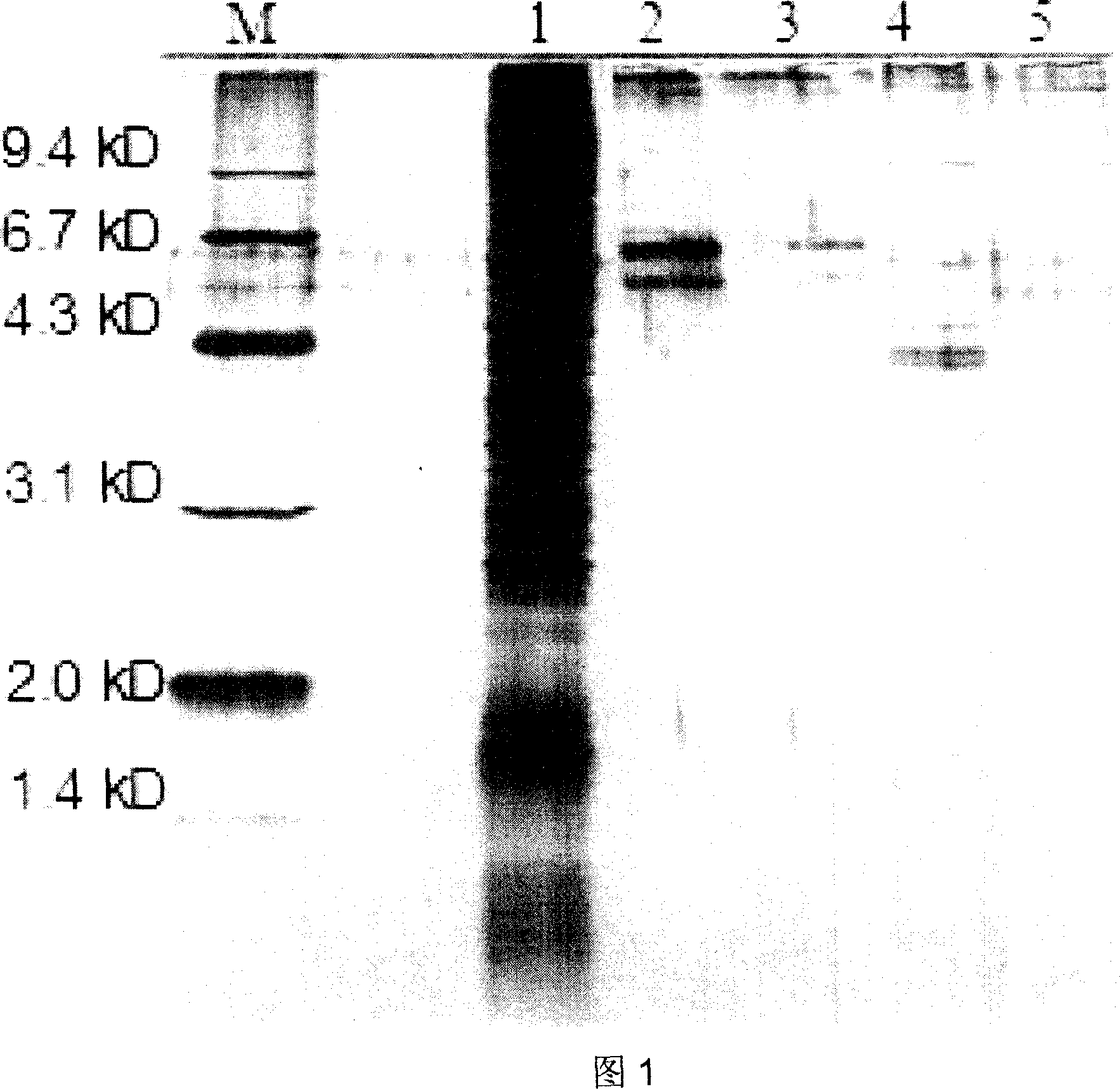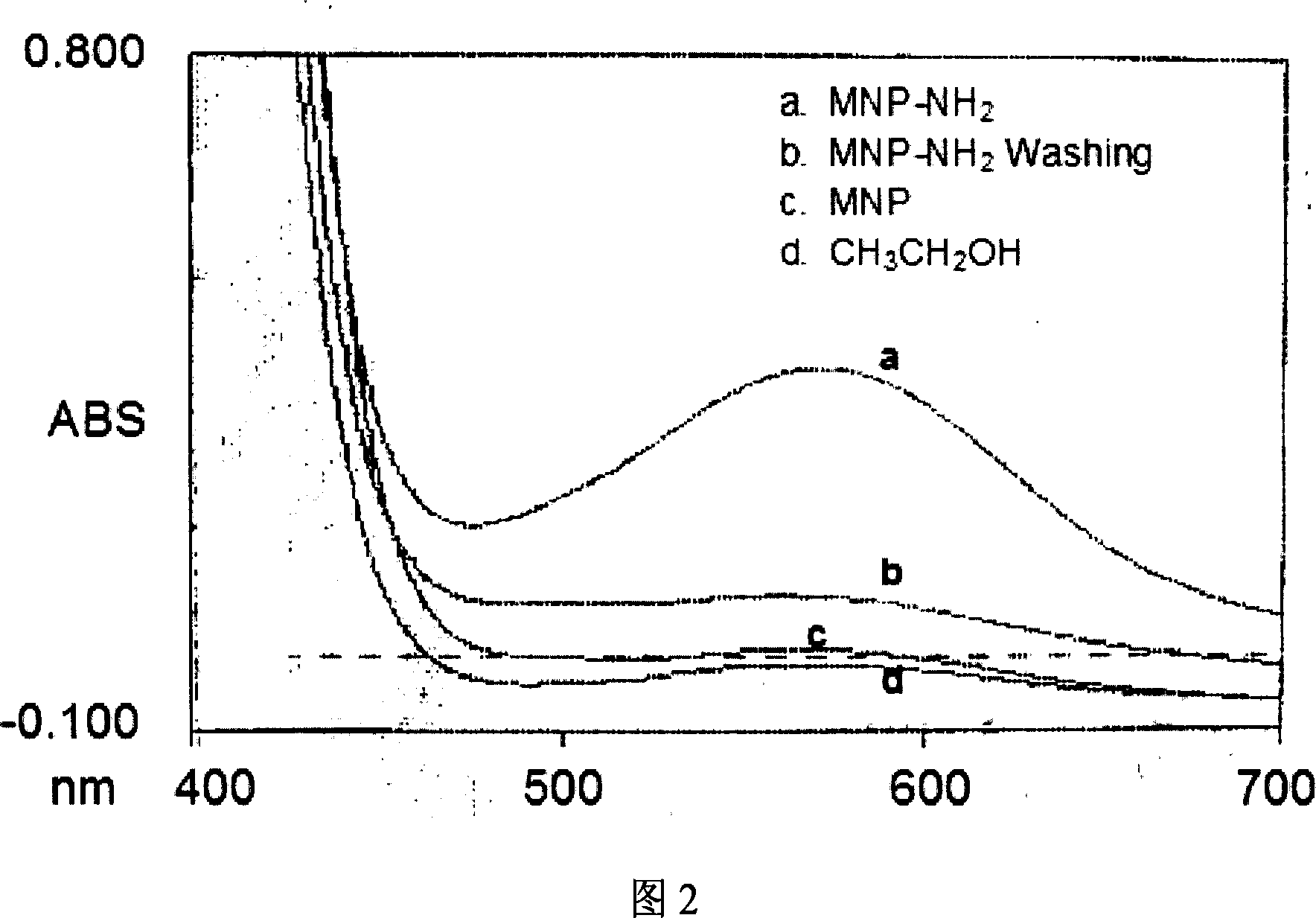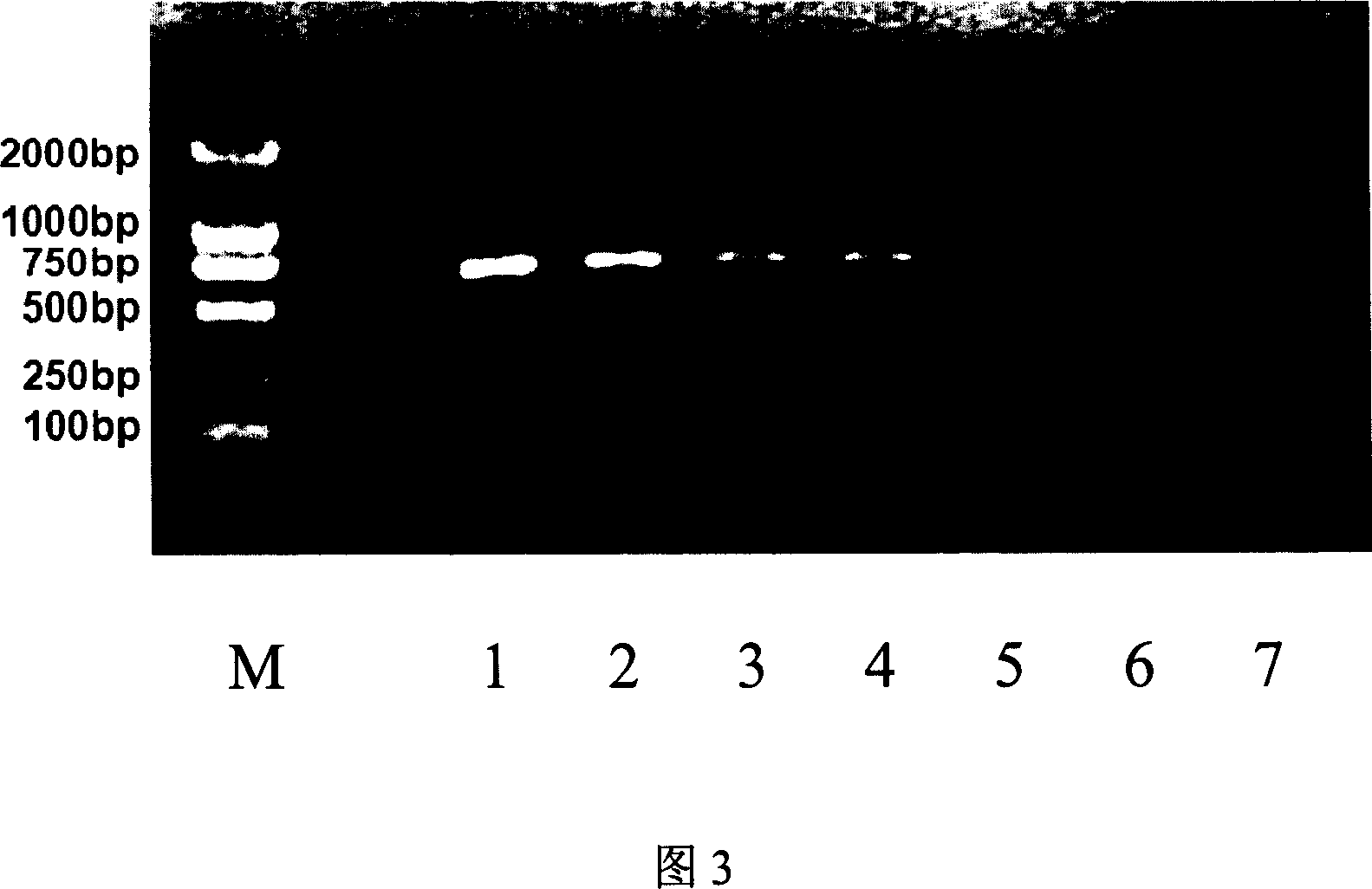DNA binding protein magnetic nanoparticle separation system and preparation and application thereof
A magnetic nanoparticle and protein binding technology, applied in the biological field, can solve the problems of high cost, antibodies affecting the binding of DNA and protein, and health effects, and achieve the effects of mild conditions, good separation platform, and simple operation.
- Summary
- Abstract
- Description
- Claims
- Application Information
AI Technical Summary
Problems solved by technology
Method used
Image
Examples
Embodiment 1
[0044] Preparation of Magnetic Nanoparticles with Amino Surface Modification
[0045] Methanol, glycerol and ddH 2 O is mixed in a ratio of 100:60:1, and the surface is coated with SiO 2 Add 20mg of magnetic nanoparticles to the above solution, disperse evenly by ultrasonication for 20-50min, add 1-5mL AEAPS dropwise into the mixture, mix by ultrasonication for 5-10min, and stir in a water bath at 50-80°C for more than 5hr. The magnetic nanoparticles are separated by paramagnetism by applying an external magnetic field, washed with methanol, and vacuum-dried overnight at 40-90° C. to collect the magnetic nanoparticles.
Embodiment 2
[0047] Surface modification of magnetic nanoparticles with Strepavidin
[0048] Add 3 mg of amino-modified MNP to 500 μL of phosphate buffer (such as 0.1 mol / L, pH 7.0) around pH 7.0, disperse evenly by ultrasonication, add 75 ug of Strepavidin, and shake the solution at room temperature for 24 hours. Add 0.5 mL of glutaraldehyde (25% aqueous solution) and react at room temperature for 2-4 hrs. Wash with phosphate buffer, redisperse the particles in phosphate buffer, and store at 4°C for later use.
Embodiment 3
[0050] Capture of Biotin-modified double-stranded DNA by magnetic nanoparticles modified with Strepavidin on the surface
[0051] 20 μL of the above-mentioned Strepavidin-modified magnetic nanoparticles (containing about 0.15 mg particles) was equilibrated with 10 times the volume of buffer, mixed with 10 pmol 5'-biotin-labeled hCMV MIEP fragment (588 bp), and shaken at room temperature for 30 min. Wash the particles with 10 volumes of buffer.
PUM
 Login to View More
Login to View More Abstract
Description
Claims
Application Information
 Login to View More
Login to View More - R&D
- Intellectual Property
- Life Sciences
- Materials
- Tech Scout
- Unparalleled Data Quality
- Higher Quality Content
- 60% Fewer Hallucinations
Browse by: Latest US Patents, China's latest patents, Technical Efficacy Thesaurus, Application Domain, Technology Topic, Popular Technical Reports.
© 2025 PatSnap. All rights reserved.Legal|Privacy policy|Modern Slavery Act Transparency Statement|Sitemap|About US| Contact US: help@patsnap.com



